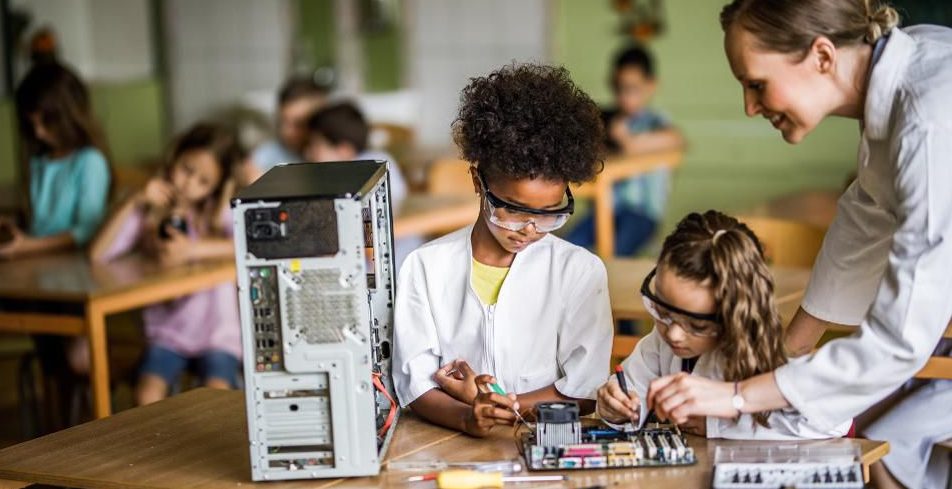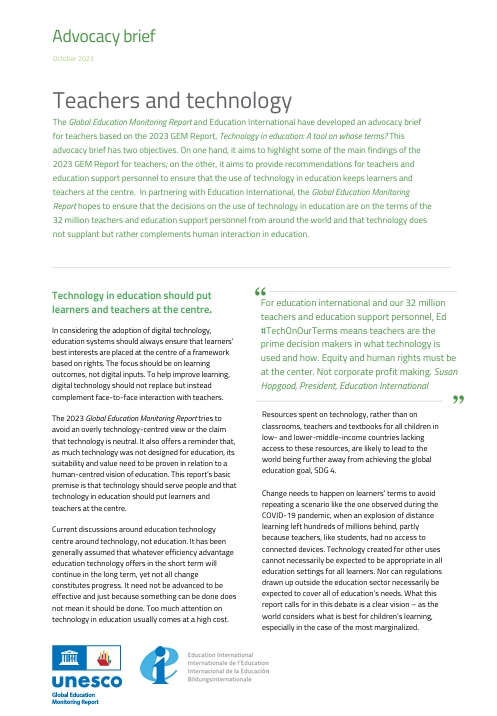Story Source: Forbes ~ Go to Original Article
Last Thursday, California approved its first budget under Governor Gavin Newsom, making a substantial down payment on education for the state’s high-tech economy. The budget significantly increases the state’s investment in schools and includes new funding for expanding broadband infrastructure in low-income communities and teaching computer science in the schools. These investments advance the effort begun in 2018, when the State Board of Education adopted computer science standards for K-12 students, making it one of only seven states in the nation with such standards.
As California focuses its attention on technology instruction, there is likely to be pushback. Across the country, a heated debate continues about the role of technology in the classroom. This is an age-old argument, which often goes something like this: Reliance on technology hurts learning, weakens students’ minds, and undermines teachers’ hold on their attention……..






